Gordon Gekko, of Wall Street infamy, most certainly does not approve. But the rest of us can celebrate a heartening trend: Today, more companies than ever before embrace a reason for existing beyond profits and sales. That’s the simple definition of purpose.
What animates a purpose-driven brand? It could be any number of causes: A goal to lower carbon emissions or make its supply chains more sustainable; a mission to protect consumer privacy or combat misinformation; or simply a drive to push the pace of innovation and help customers solve new challenges, like during the COVID-19 pandemic.
They’re all worthy efforts to champion—and worthy stories to tell. Yet some brands do a better job of storytelling than others, especially in the B2B arena. Their digital content and brand marketing efforts convey an authentic purpose—their reasons for existing and what they stand for—that differentiates them from the crowd.
Let’s take a closer look at what these brands are doing right when communicating the power of purpose.
The Growing Importance of Brand Purpose
A handful of recent studies affirm that consumers and company leaders (both B2C and B2B) increasingly prioritize purpose and brand integrity:
- 48% of consumers say it’s important for brands to take an ethical, sustainable, or political stance, according to a 2022 Trustpilot survey report.
- 71% of high-growth brands (+10% annual growth) prioritize purpose, seeing it as a way to inspire product and service delivery and guide employee decisions, according to survey results from Deloitte’s 2022 Global Marketing Trends Report.
- 42% of those high-growth brands also make purpose fundamental to their brand messaging.
Top 10 B2B Companies that Embrace Purpose
While B2B brands often aren’t as memorable or iconic as their B2C counterparts—nor do they invest as much in brand marketing—they’re increasingly seen as purpose-driven leaders. Ten B2B companies rank among the top 50 brands that consumers view as driven by a higher purpose, according to the 2021 Purpose Power Index:
- SpaceX
- 3M
- Intel
- Zoom
- SAP
- Ericsson
- Caterpillar
- Microsoft
- Oracle
- UPS
But there’s also a brand purpose discrepancy in B2B, discovered in a 2020 survey report, The B2B Purpose Paradox: 86% of B2B companies recognize and embrace purpose as important to growth. But only 24% said purpose is activated in their business in a meaningful way.
However, it’s worth noting that this survey was conducted pre-pandemic—before consumer expectations around trust, shared values, and overall digital experience changed dramatically. This shift forced companies to update their approaches to brand marketing and customer experience alike.
How Brands Fall Short in Communicating Purpose
It’s not hard to spot the companies for whom purpose is just a PR exercise or another flavor of marketing campaign. Their messaging lacks authenticity. Their thought leadership fails to convince.
Other companies might have a decent About page, checking the box with a set of values and a mission statement, or highlights of recent sustainability initiatives. But those messages remain siloed on a few pages. Values aren’t woven into the voice and tone of content throughout the site. Core pages focus on product features or company accolades, without conveying a passion for customer outcomes or a larger vision for what’s possible.
Don’t blame only marketers. Purpose must be defined by executive leadership, then evangelized and baked into the culture and business strategy. From there, activated purpose manifests in everything from corporate social responsibility (CSR) objectives to tireless product innovation and customer support.
What Purpose-Driven Content Looks Like
Purpose comes alive with B2B content that makes an authentic, emotional connection with readers. Below are some of the elements of effective purpose-driven content, with examples from prominent brands.
Credibility and transparency:
Stripe, the online payments processor for millions of businesses, launched its ingenious Stripe Climate program to fund carbon removal startups. Its program overview page clearly lays out the scientific case for carbon removal, and emphasizes transparency in explaining which startups it funds, how the funding process works—and then lists a team of independent program reviewers that provide oversight.

Rich storytelling:
No corporation has set the bar higher than Microsoft, with its goal to be carbon negative by 2030, along with a range of other sustainability and innovation commitments. Microsoft’s passion for these goals is expressed in the human-centered stories featured on its digital publication, Microsoft Unlocked, as well as its Stories blog.
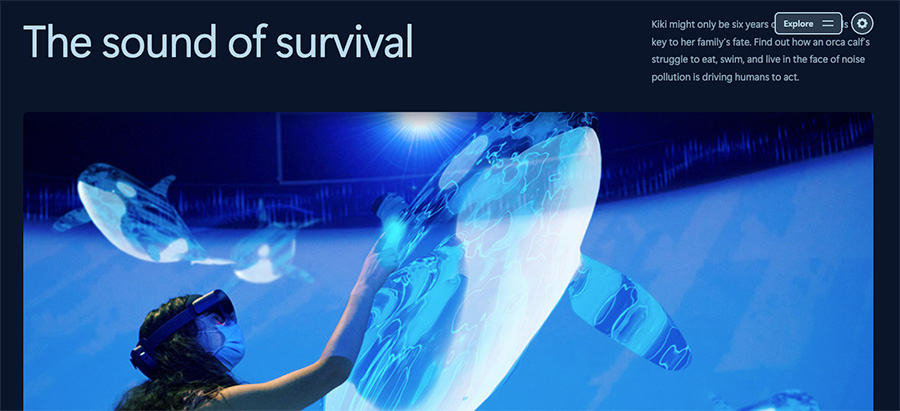
Direct language:
HP’s About Us page foregoes the fluff and gets right to the heart of the matter: “We are a technology company born of the belief that companies should do more than just make a profit. They should make the world a better place. …We have the confidence to envision a world where innovation drives extraordinary contributions to humanity.” That vision carries over to HP’s blog, The Garage, and its mix of stories on innovation and impact.
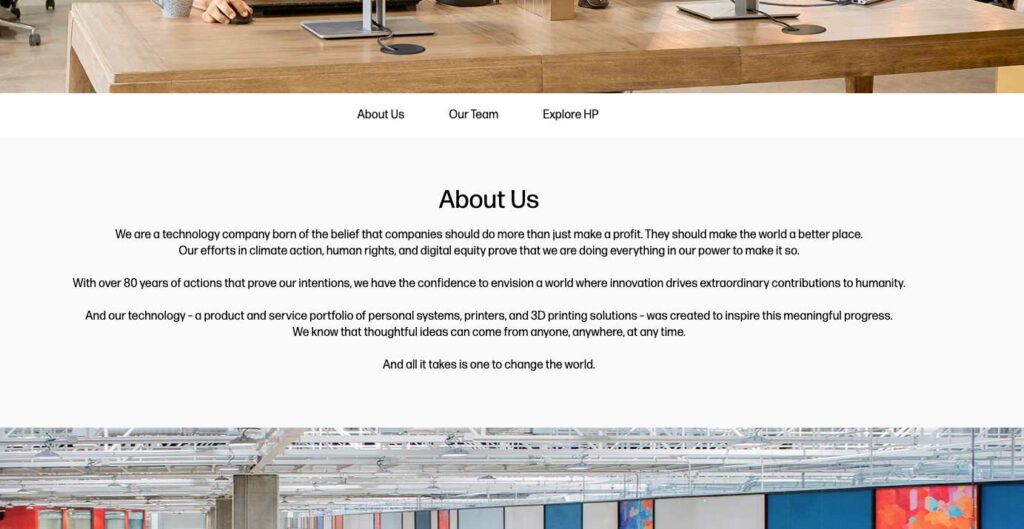
Impact by the numbers:
Autodesk, ranked as the #3 most sustainable company in the world, walks the walk by demonstrating the quantifiable results of its impact strategy. Its annual impact report is filled with striking charts, infographics, and photos.
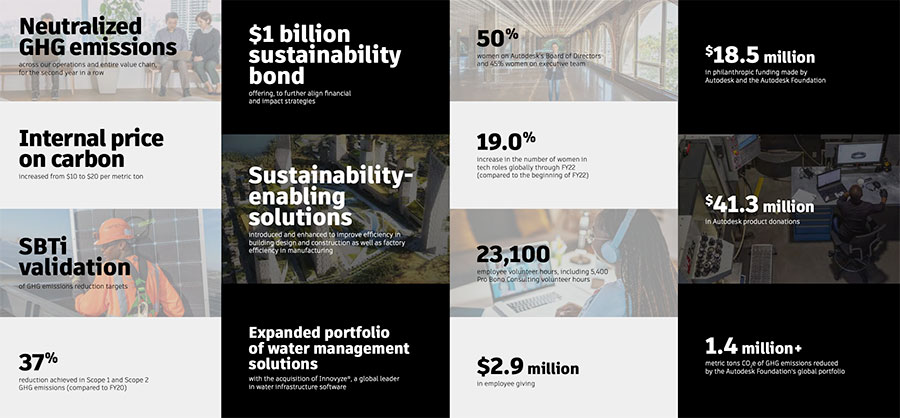
Compelling thought leadership:
ServiceNow, once ranked by Forbes as the most innovative company in the world, pursues its passion for new ideas with Workflow, a superb digital publication that explores the “evolving relationship between people and technology at work.”
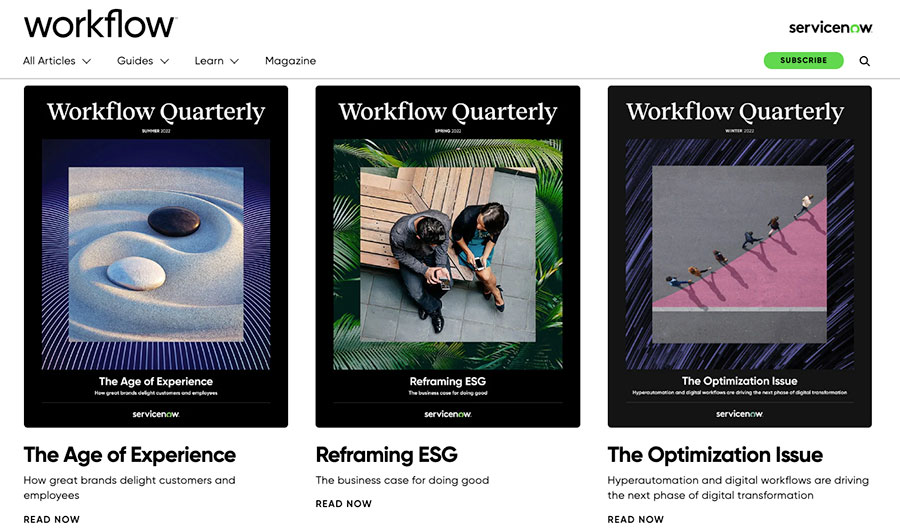
Employee voices:
Cisco employees have taken its sustainability and innovation goals to heart. Both Cisco leaders and rank-and-file employees regularly share their perspectives on the Cisco blog. In the “People Behind CSR at Cisco” blog series, for example, members of the CSR team share their personal perspectives in a Q&A format, explaining why they’re focused on impactful solutions like the circular economy.
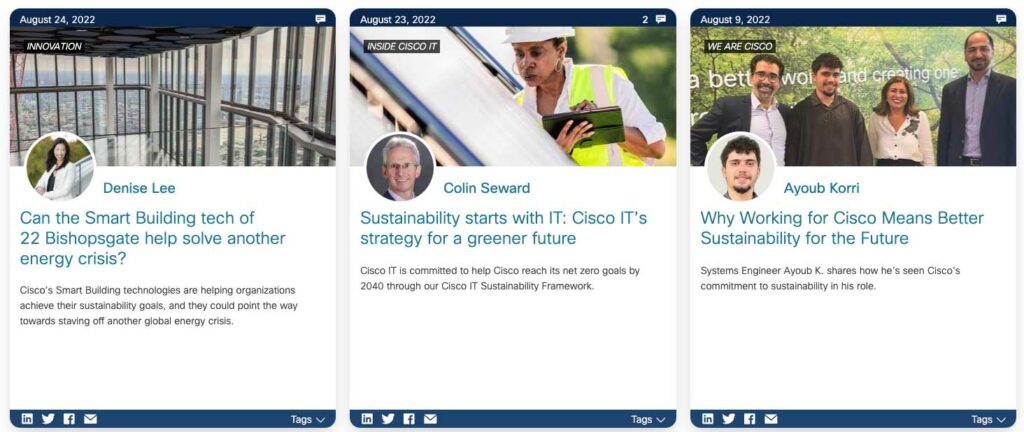
Brand Purpose Pays Off
Everyone wins when an organization develops a strong purpose and communicates it well: Employees are more motivated, customers are more loyal, business are more profitable. In the Trustpilot survey, 600 CMOs strongly agreed on the benefits of brand purpose: improved loyalty (71%), increased sales (69%), winning new customers (65%), and building a reputable brand (58%).
CMOs—it’s on you to get purpose marketing efforts off the ground. Before you consider external communications strategies, assess the building blocks of purpose: your existing mission and values, your CSR commitments, your brand identity, your thought leadership content. Do they feel authentic? Do executives speak to them frequently? Do they resonate with your employees?
Remember, some of the most purpose-driven B2B brands are also the most successful and well-liked. Think Salesforce and Cisco. They’ve used content to propel their mission and build trust with thousands of followers. For CMOs and content creators alike, these outcomes show that compelling content is worth the time and effort.









